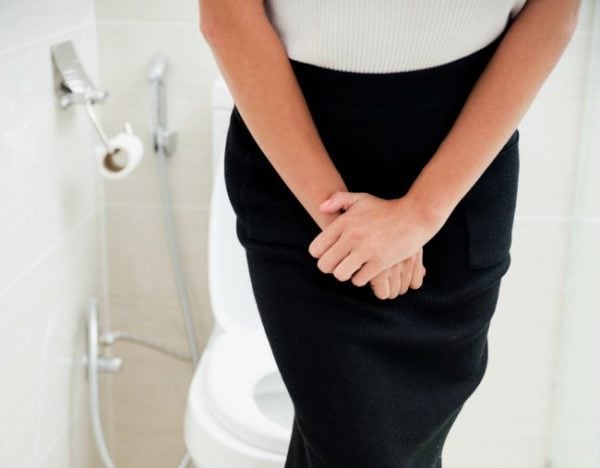Throughout my first pregnancy, I naively thought that I was completely prepared for whatever birth might bring.
During my medical training I had delivered babies, I had learnt about vaginal tearing in birth, I had seen patients with prolapse. I am a specialist doctor for older adults, which means I see people (sometimes even young people) with continence problems. With my extensive preparation for birth, high level of fitness and experience looking after people with incontinence, I thought I’d be back bouncing around at aerobics classes in no time.
However, I was in for a very rude shock.
I had a very prolonged labour of 38 hours, as my daughter had a posterior presentation; meaning her face was facing towards the front, so there is a bigger diameter of head to get through the cervix and vagina. After attempting to push for two hours, her heart rate showed that she was in distress and needed to come out quickly.
I was rushed to the operating theatre, but during that short time her head has descended just enough for a forceps delivery. This was the fastest way to get her out safely, but with the known risk of tearing pelvic floor muscles and causing prolapse.
Professionally I am very comfortable discussing continence with my patients, but at my six-week check up with my obstetrician, I was almost too embarrassed to mention my new incontinence. He didn’t engage in a discussion and referred me to a pelvic floor physiotherapist. I diligently did my pelvic floor exercises, as they had been prescribed and even tried electrical stimulation.
Listen: Trust Jessie Stephens when she tells you to stop putting soap on your pink bits! (Post continues after audio…)






























































































